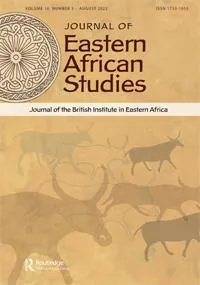Adolescents’ capabilities and aspirations across gender and generations in Amhara, Ethiopia

Abstract
Insights into the role of changing historical-political-cultural contexts and social norms in shaping adolescent girls’ and boys’ futures contributes to an understanding of human development at the intersection of gender and youth in low- and middle-income countries. This study investigates the capabilities and aspirations of adolescent girls and boys and their evolution in Amhara against the background of three successive political regimes that governed Ethiopia over the last 90 years, the Haile-Selassie imperial regime (1930–1974), the socialist military Derg regime (1974–1991), and the Ethiopian People's Revolutionary Democratic Front (1991–2019), each with their own institutions, structures and infrastructure, and gender- and age-related relations and norms. The study adopts a capability approach with a gender and generationing development lens as a framework and relies on qualitative data collected through community- and mixed-generation group discussions. The study illustrates that, even if institutional and structural barriers became less stringent over time, cumulative gender- and age-related obstacles – some rooted in beliefs, norms, traditions and relations – hindered the expansion of adolescents’ capability success, consistently more so for girls than boys. (The threat of) gender-based violence pervasively constrains girls’ capabilities success and aspirations in spite of more formal protective institutions.
